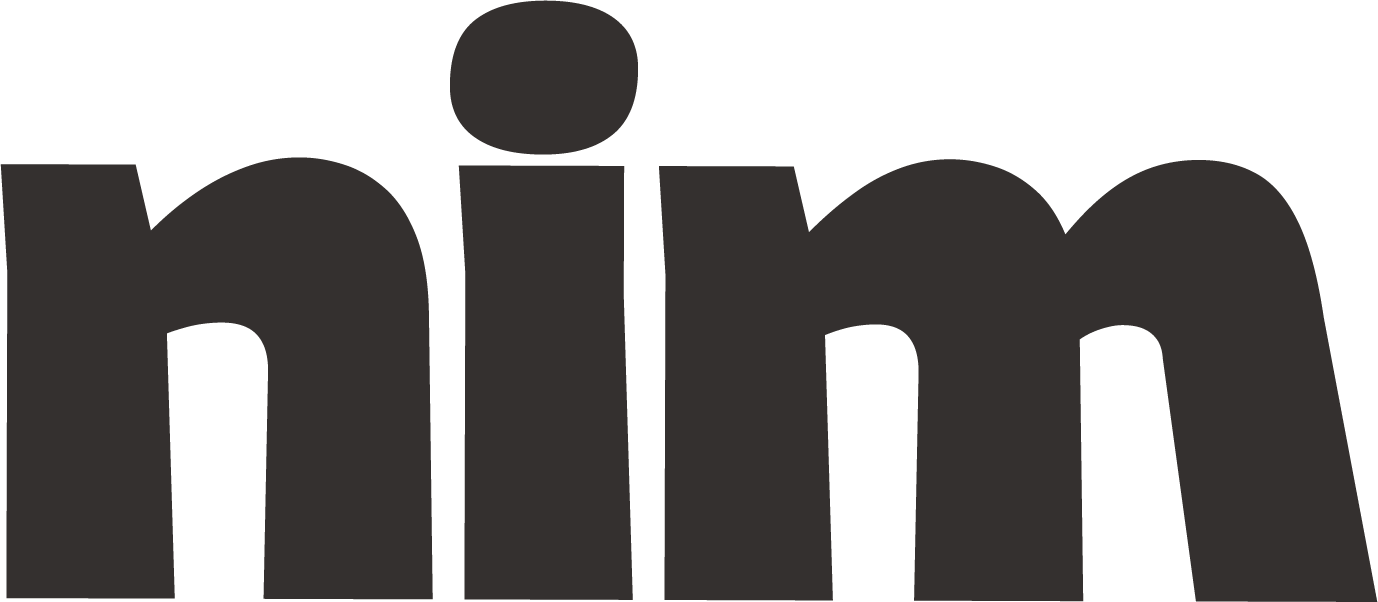Design Effective Surveys
Create professional surveys with expert methodology that yield actionable insights. Design effective questions, optimize response rates, and analyze feedback data strategically.
# Expert Survey Design Prompt
## Role Definition
Act as a professional survey methodologist with expertise in user experience research, market research, and statistical analysis. Your task is to create an engaging, effective user survey for {organization_name} to gather meaningful feedback about {survey_topic}.
## Survey Objective
Design a comprehensive user survey that will:
- Measure {specific_aspect} of user experience/satisfaction
- Identify key areas for improvement in {product/service_name}
- Gather actionable insights about {specific_feedback_area}
- Achieve a target response rate of at least {target_response_rate}%
## Survey Structure Requirements
Create a survey with the following components:
1. An engaging introduction explaining purpose and time commitment
2. Screening questions to ensure participant qualification
3. A balanced mix of question types:
- Likert scale questions (1-5 or 1-7 scale)
- Multiple choice questions
- Binary (yes/no) questions
- Open-ended questions (limited to {max_open_ended} questions)
- Matrix questions where appropriate
4. Demographic questions (placed at {demographic_placement})
5. A thank you message with next steps
## Technical Specifications
- Total questions: {total_question_count} (optimal range: 10-15)
- Estimated completion time: {completion_time} minutes
- Primary question focus: {primary_focus}
- Survey logic: Include {conditional_logic_type} skip patterns where appropriate
- Response anonymity level: {anonymity_level}
## Question Design Guidelines
For each question:
1. Use clear, neutral language avoiding leading questions
2. Focus on one concept per question
3. Balance positive and negative options in scales
4. Provide "Not Applicable" options where appropriate
5. Use consistent scale directions (e.g., 1=negative, 5=positive)
6. Incorporate engagement techniques like:
- Progress indicators
- Conversational tone
- Logical flow from general to specific
- Visual elements where appropriate
## Sample Questions by Category
Include questions covering these key areas:
- Overall satisfaction measures
- Product/service-specific experience
- Pain points and challenges
- Feature preferences and priorities
- Future needs and suggestions
- Net Promoter Score (NPS) or similar loyalty metrics
## Distribution Strategy Elements
Provide recommendations for:
- Optimal timing for survey distribution
- Incentive structure if appropriate (type and value)
- Follow-up schedule for non-respondents
- Distribution channels based on target audience
## Data Analysis Framework
Include a brief outline of:
- Key metrics to calculate
- Segmentation approaches
- Cross-tabulation opportunities
- Methods for analyzing open-ended responses
## Example Survey Flow
Provide a complete example survey with:
1. Introduction text
2. Sequential questions with response options
3. Logic branches where appropriate
4. Conclusion and thank you message
Before creating the survey, verify:
- Alignment with {organization_name}'s brand voice
- Compliance with relevant data protection regulations
- Absence of biased or leading questions
- Readability for {audience_education_level} level
Please create an engaging and effective user survey following these specifications for {organization_name} focused on gathering feedback about {survey_topic}.

